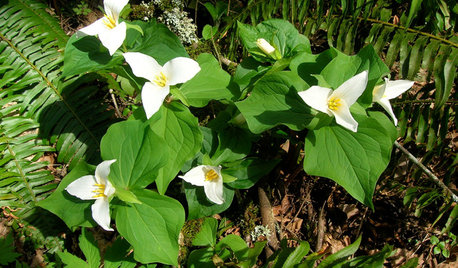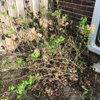nomenclature
User
9 years ago
Related Stories

GARDENING FOR BUTTERFLIESGreat Design Plant: Scotch Heather
The moors aren't all moody, as this prettily colored evergreen shrub proves. Plant it en masse for an epic romance in your own garden
Full Story
FURNITUREWhat to Know Before You Buy a Sectional
Learn about sizes, arm setups, seat types and more to get the right sectional for your space
Full Story
LIGHTINGModern Icons: The Translucent Fucsia Pendant
A Great Young Fixture from an Italian Mid-Century Master
Full Story
DINING ROOMSBuffet, Sideboard, Server, Credenza: What's the Difference?
Learn the definitions and details to make shopping for dining room storage furniture less confusing
Full Story
KITCHEN CABINETSCabinets 101: How to Choose Construction, Materials and Style
Do you want custom, semicustom or stock cabinets? Frameless or framed construction? We review the options
Full Story
KITCHEN COUNTERTOPSKitchen Counters: Granite, Still a Go-to Surface Choice
Every slab of this natural stone is one of a kind — but there are things to watch for while you're admiring its unique beauty
Full Story
GARDENING GUIDESGreat Design Plant: Trillium Ovatum
Early-blooming Pacific trillium welcomes spring to woodland gardens in the Pacific Northwest
Full StoryMore Discussions









dbarron
pitimpinai
Related Professionals
Hartford Landscape Contractors · Surprise Landscape Contractors · Bound Brook Landscape Contractors · Cockeysville Landscape Contractors · Emmaus Landscape Contractors · Eustis Landscape Contractors · Hoover Landscape Contractors · Lake Saint Louis Landscape Contractors · Northport Landscape Contractors · Post Falls Landscape Contractors · South Lake Tahoe Landscape Contractors · South Portland Landscape Contractors · West Covina Landscape Contractors · Maple Heights Landscape Contractors · Clearfield Landscape Contractorsken_adrian Adrian MI cold Z5
sunnyborders
floral_uk z.8/9 SW UK
woodyoak zone 5 southern Ont., Canada
missingtheobvious
TexasRanger10
TexasRanger10
UserOriginal Author
sunnyborders
wantonamara Z8 CenTex
dbarron
sunnyborders
TexasRanger10
TexasRanger10
UserOriginal Author